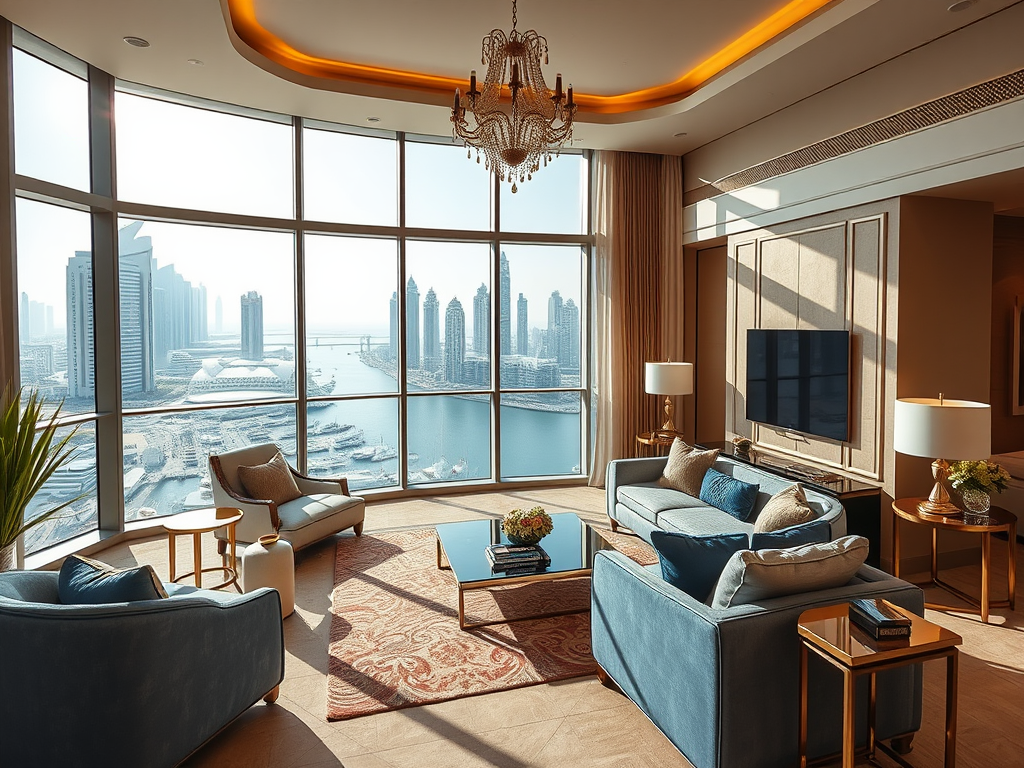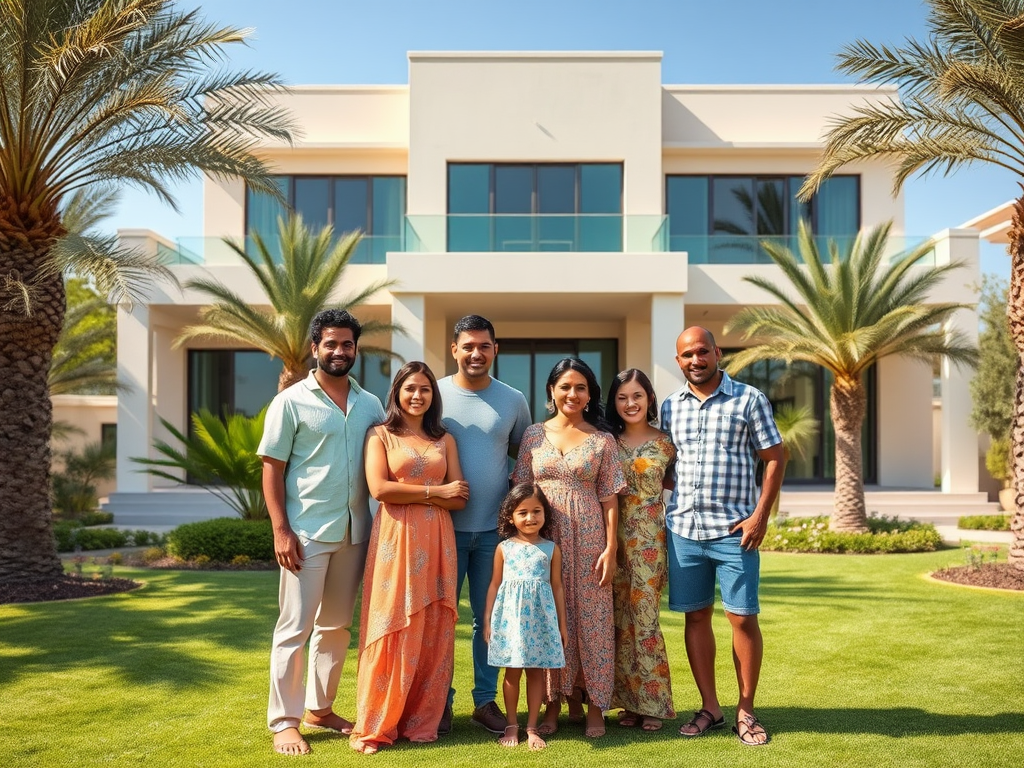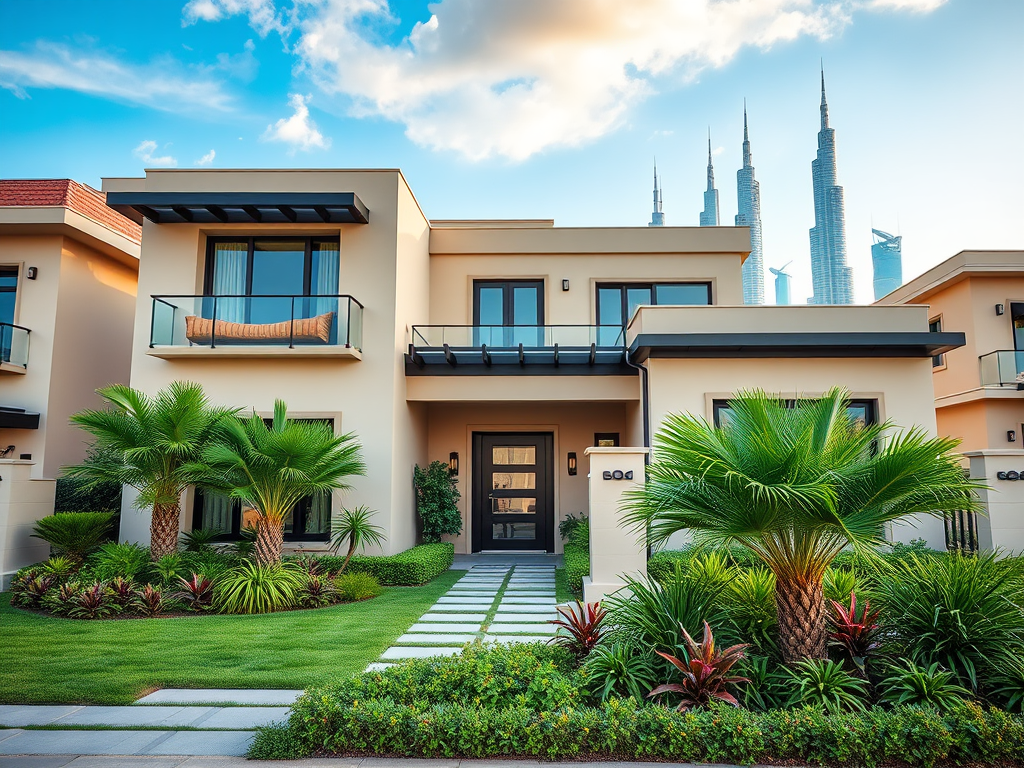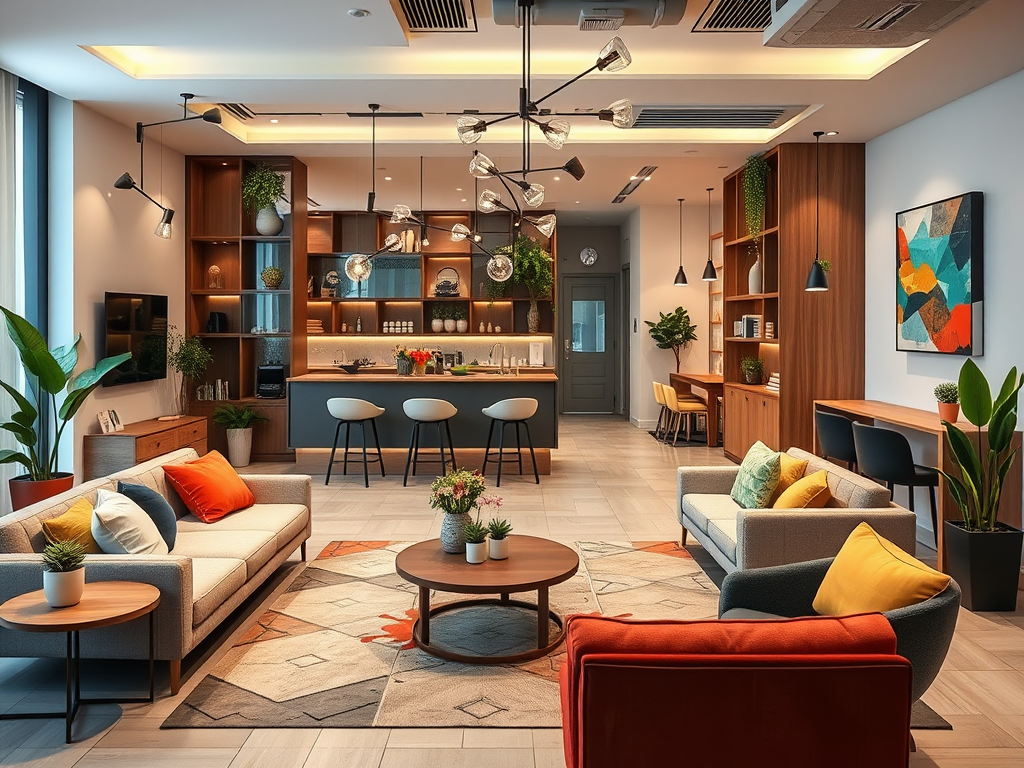
Co-living spaces are emerging as a transformative element in Dubai’s real estate landscape, providing innovative solutions to housing challenges while fostering a sense of community among residents. As the city continues to grow and attract a diverse population, these shared living arrangements are not only catering to young professionals and expatriates but are also reshaping traditional notions of housing. This article explores how co-living spaces are positioned to influence the future of real estate in Dubai, their unique advantages, and their implications for the wider market.
Understanding Co-Living Spaces

Co-living spaces are collaborative housing environments where individuals or groups share living areas while maintaining their private living quarters. This concept blends shared amenities with individual privacy, appealing to a variety of demographics including millennials, digital nomads, and even larger families. Key characteristics of co-living spaces include:
- Affordability: Co-living arrangements can significantly reduce housing costs, making them an attractive option for budget-conscious renters.
- Community Living: Residents engage with one another, fostering support networks and social interactions.
- Flexibility: Many co-living spaces offer flexible leasing terms, catering to both short-term and long-term residents.
- Inclusive Amenities: Facilities often include coworking spaces, gyms, and communal kitchens, enhancing the living experience.
The Advantages of Co-Living in Dubai
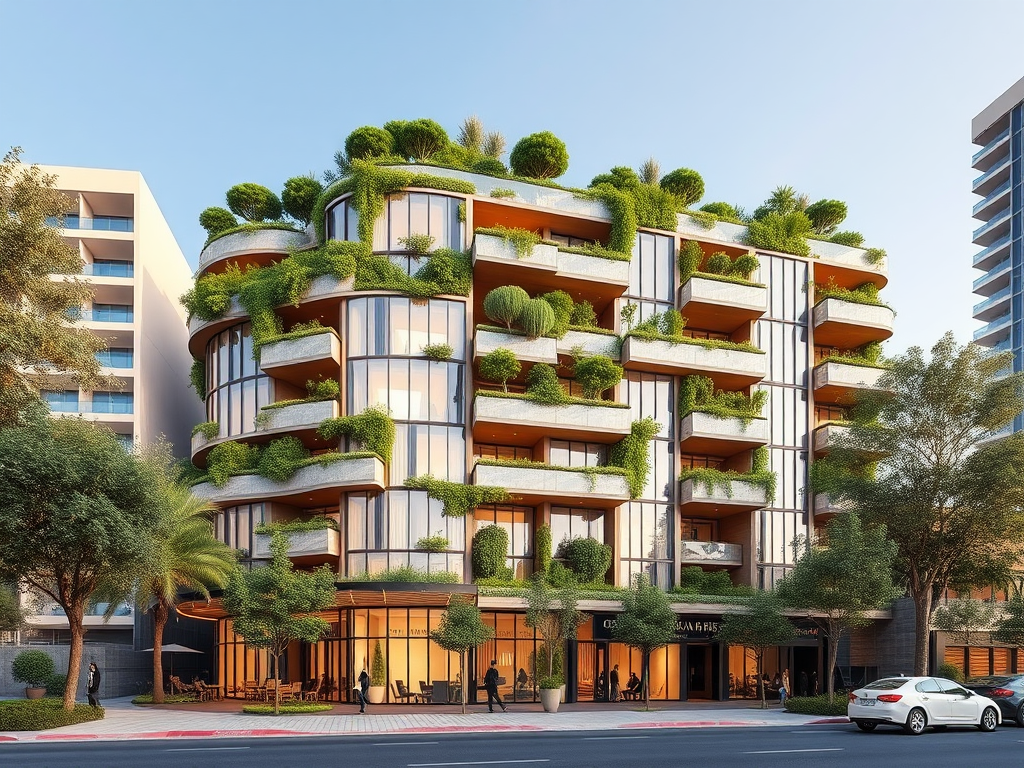
Co-living spaces present numerous advantages that align with the lifestyle and needs of Dubai’s residents. Some of the most notable benefits include:
- Convenience: Most co-living spaces are strategically located near major transportation hubs, restaurants, shopping centers, and entertainment venues, making daily commuting hassle-free.
- Cultural Diversity: Dubai’s multicultural environment is mirrored in its co-living spaces, promoting an enriching experience through interaction with residents from various backgrounds.
- Sustainability: Many co-living developments prioritize eco-friendly practices, creating a more sustainable living environment compared to traditional housing.
- Networking Opportunities: Residents often benefit from a built-in community of like-minded professionals, enhancing both personal and career growth.
The rise of co-living spaces is markedly influencing Dubai’s real estate market dynamics. Key impacts include:
- Shifting Demand: As preferences evolve, there’s growing demand for flexible, community-oriented living solutions over traditional apartments or villas.
- Higher Utilization of Space: Co-living spaces encourage more efficient use of real estate, leading to improved occupancy rates for landlords and developers.
- Diversification of Offerings: Developers are now investing in co-living projects, adding variety to the housing market and catering to emerging demographic trends.
- Investment Opportunities: Co-living spaces can attract investors seeking long-term rental yields, thus enhancing the overall economic landscape in Dubai.
Challenges and Considerations
Despite the many advantages, co-living spaces in Dubai do face certain challenges that need addressing. These include:
- Regulatory Hurdles: Matching up with local housing policies and regulations can be complex and may present limitations to growth.
- Market Saturation: As co-living spaces become more popular, the market might face oversaturation, leading to competition that could dilute offerings.
- Quality Control: Ensuring consistent standards across different spaces is vital in maintaining tenant satisfaction and loyalty.
- Cultural Adaptation: Developers must consider cultural nuances and preferences that could affect the acceptance of co-living models among diverse populations.
Conclusion
As Dubai continues to evolve, co-living spaces are set to play a significant role in shaping the future of the city’s real estate market. They offer flexible, affordable, and community-focused living arrangements that respond well to the needs of modern residents. By addressing potential challenges and enhancing the value proposition of co-living, Dubai can harness this model to ensure sustained growth in its real estate sector, catering not just to housing needs but also fostering a more connected community. The future looks promising for co-living, positioning them as a vital component of Dubai’s dynamic real estate narrative.
Frequently Asked Questions
- What are co-living spaces?
Co-living spaces are shared housing arrangements that provide private living quarters alongside communal amenities, offering a blend of privacy and community living. - Who typically lives in co-living spaces?
Co-living spaces attract a diverse mix of residents including young professionals, digital nomads, and expatriates seeking affordability and social interaction. - What are the benefits of co-living in Dubai?
Benefits include affordability, enhanced community engagement, convenient locations, and an environment that fosters networking and personal growth. - Are co-living spaces a sustainable option?
Many co-living spaces prioritize eco-friendly practices, making them a more sustainable option compared to traditional living arrangements. - What challenges do co-living spaces face?
Challenges include regulatory hurdles, potential market saturation, quality control, and the need for cultural adaptation to attract diverse residents.
